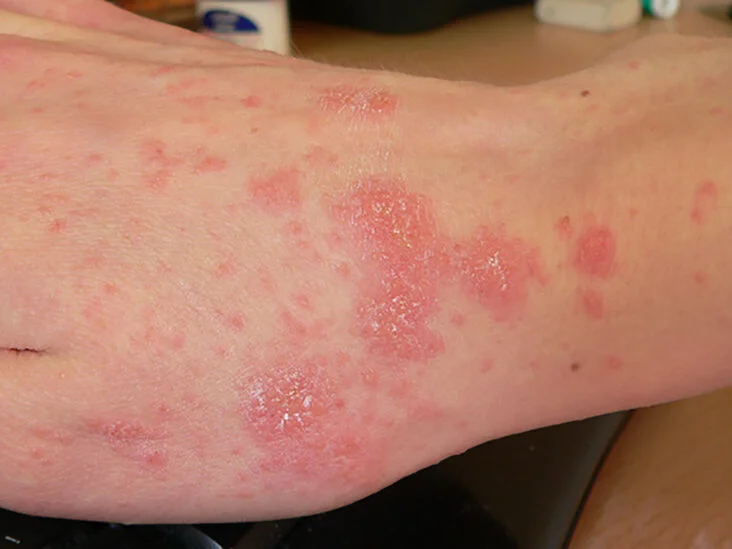The list of zoonotic diseases that can be transmitted from animals, including cats, is quite extensive. However, in modern times, only a subset of them poses a significant risk, and transmission can sometimes go both ways, meaning the owner can also infect their pet.
Those most vulnerable to contracting these diseases from cats include children, the elderly, individuals with weakened immune systems, and pregnant women. Transmission can occur through scratches, saliva, bites, or even during activities like cleaning the litter box or direct contact with an infected animal, especially those infested with fleas.
Common Diseases Transmitted by Cats
1. **Rabies**: Rabies is a deadly disease with a very low survival rate in humans once infected. Vaccination is the primary prevention method. Other viral diseases from cats are not transmissible to humans.
2. **Toxoplasmosis**: This disease is a concern for pregnant women as it can lead to miscarriage or severe developmental defects in the fetus. To prevent infection, it's important to avoid cleaning the litter box during pregnancy and to use gloves when handling cat litter. It's worth noting that a blood test in cats is not indicative of toxoplasmosis because most cats develop immunity when they are young.
3. **Giardiasis**: Infection occurs through water, soil, or cat feces. Giardiasis causes acute watery diarrhea, stomach cramps, and is transmitted through contact with contaminated materials. Practicing good hygiene is key to prevention.
4. **Salmonellosis**: This bacterial infection can cause food poisoning in humans, leading to symptoms like vomiting, severe abdominal pain, diarrhea, dehydration, and in severe cases, fever. Cats can carry Salmonella, and transmission occurs through handling or consuming raw or undercooked meat and eggs. Preventing it in cats is similar to human prevention: avoid feeding them raw meat and eggs.
5. **Chlamydiosis**: This is an infectious disease that affects the respiratory system and eyes. It can be especially dangerous for pregnant women due to the risk of birth complications. Airborne transmission can occur, and vaccination is a preventive measure.
6. **Campylobacteriosis**: In mild cases, this disease resolves without treatment within a week. It is characterized by acute gastroenteritis. Kittens and young cats are more susceptible. Humans can contract it through contact with infected cats, especially during handling or cleaning the litter box.

Preventing Transmission: maintain good hygiene practices when handling cats, especially after cleaning the litter box, cook meat and eggs thoroughly before consumption, avoid feeding raw meat or eggs to your cat, keep your cat indoors to reduce contact with potential sources of infection. Ensure your cat is regularly vaccinated and dewormed. Wash your hands thoroughly after handling your cat or its litter.
It's important to consult with a veterinarian for proper diagnosis, treatment, and prevention strategies for both your cat and you if you suspect any of these diseases.
Ringworm, Tularemia, and Other Diseases Transmitted by Cats
**Ringworm** is a common term for pathogenic fungi that can be transmitted from cats. Micros Porum and Trichophyton are the most common culprits. This disease typically presents as a circular red rash, scaling, itching, and hair loss. It can be treated with specific antifungal creams. However, it's crucial to prevent reinfection, as fungal spores can persist in dust, carpet fibers, bedding, and other hard-to-reach places.
**Tularemia** comes in three forms (bubonic, pulmonary, and glandular, spreading throughout the body). Symptoms may include muscle and joint pain, dizziness, vomiting, headaches, and fever. Transmission can occur through bites, scratches, or blood-sucking parasites. Without treatment, it can be fatal.
**Bordetellosis** affects various internal organs, leading to different symptoms. It often manifests as lymph node involvement with symptoms such as fever, intoxication, and loss of appetite. The prognosis for recovery is generally favorable.
In addition to the diseases mentioned, which are rarely transmitted from cats to humans, there is a minimal risk of infection with tuberculosis, Yersiniosis, Listeriosis, and Pasteurella's.
The risk of infection does not mean you should avoid cats altogether. Instead, it's important to take preventive measures (daily litter box cleaning, hand washing, timely treatment of scratches) and maintain good personal hygiene. These precautions are especially important if your pet is strictly indoors, as indoor-only cats lack immunity to disease-causing agents that might enter the home through human contact, such as dirt on shoes.
Remember that keeping your cat healthy through regular veterinary care, including vaccinations and deworming, also plays a crucial role in preventing the transmission of these diseases.
